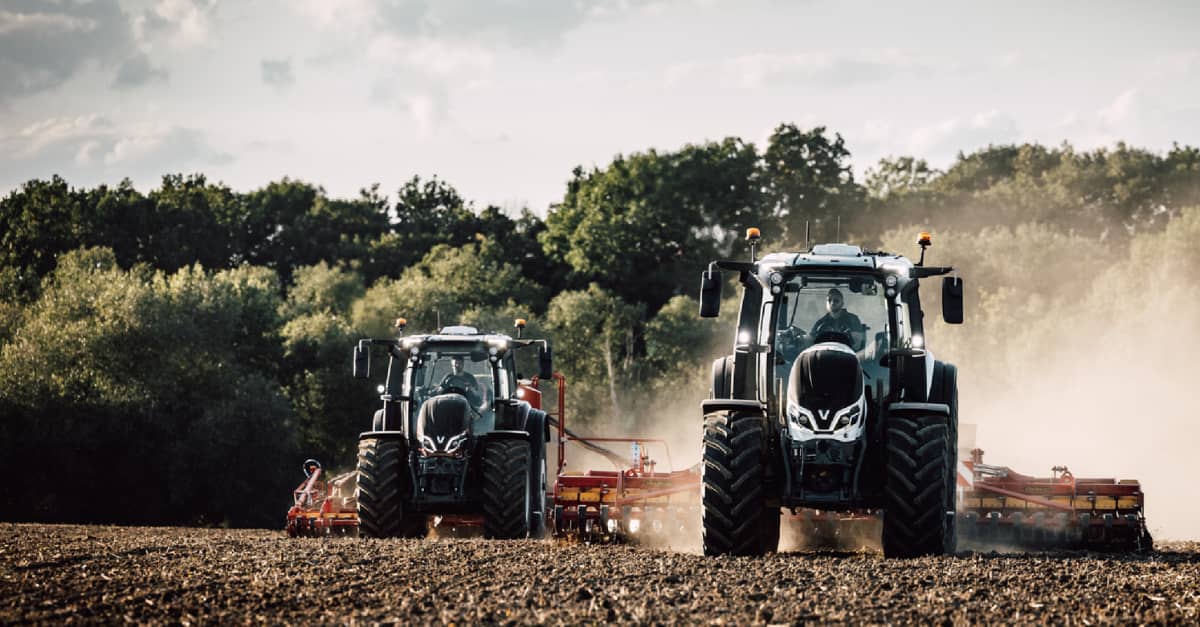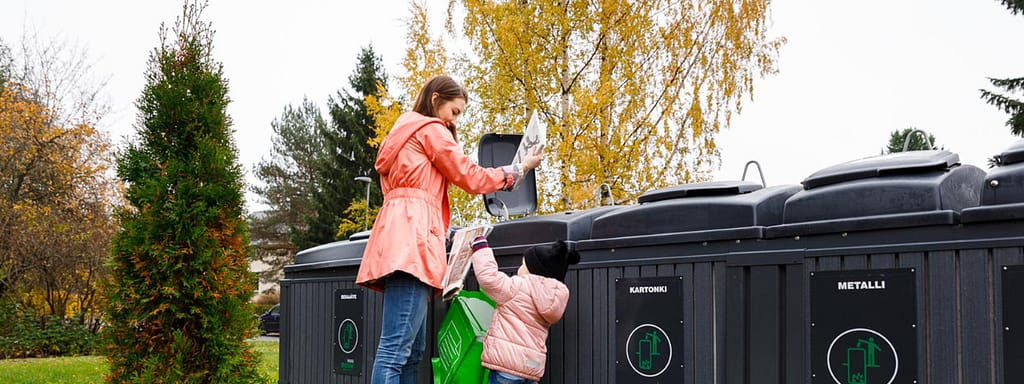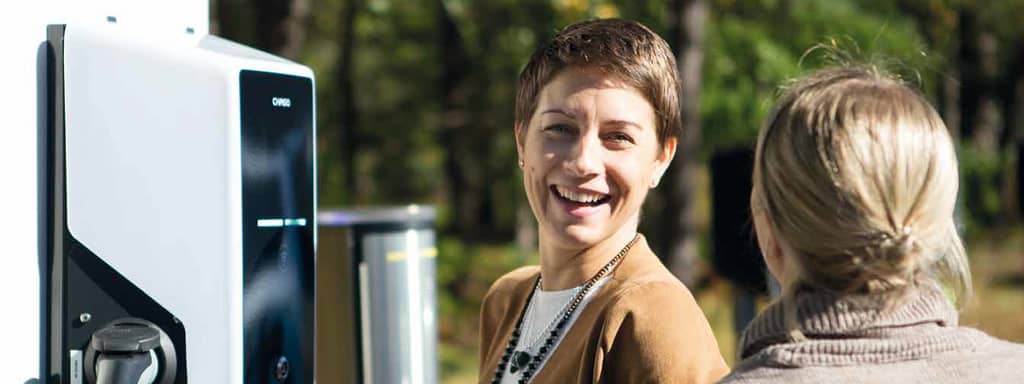
Towards comprehensive environmental responsibility
Continuous consumption sustains our high standard of living, which includes a variety of goods and services. At the same time, we reluctantly acknowledge that our environment cannot endure endless consumption. Is a genuinely environmentally responsible product even possible?
Material, energy and waste
The production of a product always requires materials and energy. The production chain begins with the production of raw materials and continues through processing and manufacturing to resale and finally to the consumer. Each stage of the chain consumes resources; each stage generates waste. The longer the production chain, the greater the harm.
The exploitation of natural resources and environmental pollution has been discussed for at least decades, but the transformation of words into actions has taken time. Gradually, environmental responsibility has, however, begun to be taken seriously. At the same time, efforts have been made to develop methods to reduce the harms of the production chain.
Recycling aims back to the beginning of the production chain
The most visible action promoting sustainable development often involves the utilization of recycled materials. Especially the reuse of non-renewable natural resources such as ores, minerals, and oil is justified, as it reduces both the adverse effects of mining and the amount of waste produced. For recycling to work, used raw materials must be collected accurately and energy-efficiently. One of the most well-known solutions is the Molok system, familiar from recycling points, whose deep collection containers require fewer emptying rounds due to their high capacity. Reduced emptying intervals reduce emissions from transportation by several tens of percent.
In addition to efficiency thinking, the design of Molok containers has been guided by human-centeredness. The solutions succeed in removing feelings of inconvenience and difficulty associated with recycling and replace them with ease and convenience. For Molok, design thinking is part of an environmentally responsible product strategy in which we have been operating as a partner for a long time. The use of recycled materials is a good start. Even better environmental benefits can be achieved by using bio-based, renewable materials. However, neither solution or even their combination extends beyond the beginning of the production chain. Comprehensive environmental responsibility requires more.

Sustainable and repairable
Using recycled and renewable materials is an easy way to implement environmental responsibility in that it does not require an end to consumption. However, the truth is that a large part of energy and material waste occurs in the later stages of the production chain—regardless of the material used. In a way, recycling only hides a bigger problem behind it: consumption itself. From an environmental perspective, the most responsible products are those that, once manufactured, last as long as possible and can be repaired if necessary. A good example is tractors, which often remain in use for decades. When the original product is designed to be durable, functional, and enjoyable, it retains its usefulness better than a run-of-the-mill product. This principle has guided the design collaboration between Edea and Valtra since 1985.
A tractor is an interesting example in that it is essentially just a powerful vehicle on its own. However, with additional parts, it can be transformed into a towing vehicle, a loader, a field cultivator, or a snowplow. Versatility, expandability, and upgradability are characteristics that, along with durability and repairability, fit many environmentally responsible products.
A sustainable bond between human and product
The products that stay in use the longest are those to which their users have formed a strong emotional bond. Such is the Evermat utility crop dryer designed by Edea in 1982 and still in production, which many remember from their childhood homes and which many have since acquired for their own homes. Long-time users of Evermat share stories of family mushroom picking trips or memories of dried berries served by their mothers, which tasted better than the best candies.
Building a sustainable bond between human and product is not easy. For Edea, it is based on acquiring a profound understanding of people regarding not only the functional goals they set for the product but also the emotional and social goals. The best products are designed to meet all of these—yet in a way that the product can still be competitively and environmentally responsibly manufactured.
When a person forms a lasting emotional bond with a product, they do not want to part with it. They want to take care of it, keep it in good condition, and repair it when necessary.
Incorporating environmental responsibility into product strategy
Every company will sooner or later have to make environmental responsibility one of its strategic guidelines. Already, it is demanded by authorities, and in the future, requirements will continue to tighten. At the same time, consumer environmental awareness is growing. It’s a race, where only the fast will survive. If a company wants to gain a competitive advantage over its competitors in environmental responsibility, it should aim higher than the minimum level. The best results are achieved by approaching the task comprehensively—combining human, business, and technological perspectives. One can utilize tools such as Edea’s Design Puzzle™, which combines user understanding with anticipated future developments and ensures both the business viability and technological feasibility of the solution being developed.
A completely closed ecosystem, where all materials and energy circulate endlessly, will never be possible. Even the Earth is not a closed system but gets its energy from the sun. However, it is important to strive towards a situation where human needs and the Earth’s carrying capacity meet in the most sustainable way possible. In that endeavor, every company can be a significant player. The best companies do it in a way that also gives them a strategic competitive advantage.
CEO Sami Pyörre of Edea

Want to discuss a new design project?
Give us call or book a meeting with us. We’re sure we’ll be able to come up with the means to make your idea into reality.